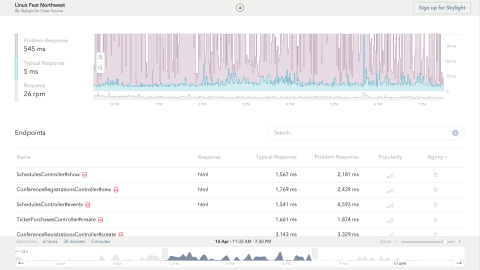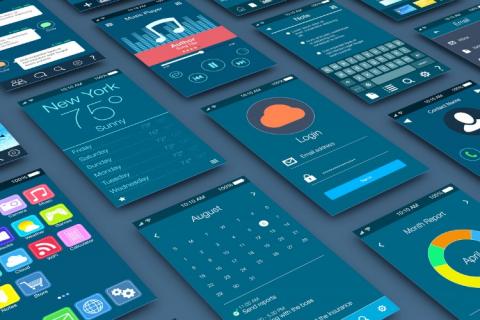Using Skylight to Solve Real-World Performance Problems [Part II: The Odin Project]
The Odin Project is an open source community and curriculum for learning web development. Students build portfolio projects and complete lessons that are constantly curated and updated with the latest resources. They offer completely free courses like Ruby, Rails, JavaScript, HTML, and CSS. Once a student climbs the technical ladder, there's even a course on how to go about getting a job in the industry, walking you through things like job searching, interviews, and much more.










